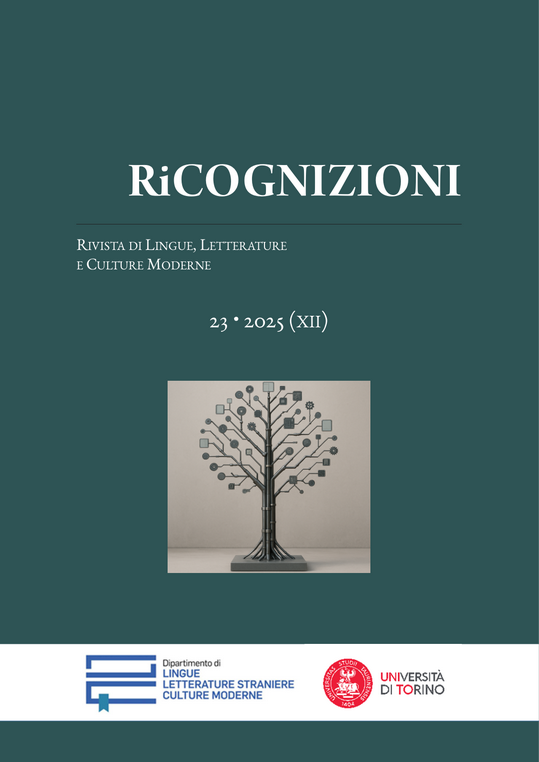Functioning of the Affixes in Esperanto from an Enunciative Point of View
DOI:
https://doi.org/10.13135/2384-8987/11464Keywords:
Affixes, Autonomous Use, Esperanto, Constructed Languages, EnunciationAbstract
Constructed languages often rely on a more or less extensive system of affixes, allowing for economical lexical expansion – a process already observed in natural languages. This study focuses on Esperanto, as it is a constructed language which has been in actual use since its origin. As far as the lexicon is concerned, Esperanto borrows its lexical elements (radicals and affixes) from Indo-European languages, but makes a particular use of them from a morphological point of view, through the autonomous use that can be made of them. This use will lead us to take an interest in the affix system of Esperanto, examining its dynamics from an enunciative perspective. Through various examples of affixes and their autonomous use, the aim is to highlight the role of enunciation (particularly the relationship to the enunciator and the qualitative dimension) in shaping the interpretation that can be made of these markers, by comparison with forms often considered as synonyms.
Downloads
Published
How to Cite
Issue
Section
License
RiCognizioni is published under a Creative Commons Attribution 4.0 International License.
With the licence CC-BY, authors retain the copyright, allowing anyone to download, reuse, re-print, modify, distribute and/or copy their contribution. The work must be properly attributed to its author.
It is not necessary to ask further permissions both to author or journal board.








